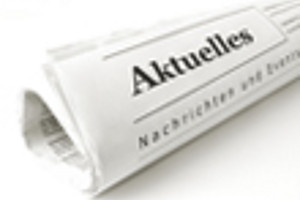Petermann, A., Schreyögg, G. & Fürstenau, D. (2019). Can hierarchy hold back the dynamics of self-reinforcing processes? A simulation study on path dependence in hierarchies. Business Research, online first. Download.
Abstract:
Theories of path dependence and incumbent inertia assume that self-reinforcing mechanisms lead to highly persistent and eventually inefficient institutional solutions. The resulting lock-in is likely to threaten the viability of an organization. While path dependence theory was initially developed as a market-based approach, it has more recently been transferred to institutional settings and in particular to hierarchies. Some critics doubt, however, its applicability to hierarchical organizations. The major argument states that asymmetric power structures in organizations differsignificantly from symmetric coordination modes and autonomous evolutionary dynamics. Hierarchical authority is assumed to be stronger and to rule out emergent autonomous dynamics. This reasoning raises the question whether hierarchical structures are actually strong enough to suppress (deliberately) the power of evolutionary self-reinforcing organizational dynamics, or vice versa. To our knowledge, there are no studies to date examining in detail these reverse dynamics. In this paper, we build on simulations to study these competing dynamics and possible conditions that favor one view or the other. We suggest using agent-based simulation and modeling, conceiving of institutional change as an interdependent multi-level process that can be analyzed numerically. The results indicate that in most situations self-reinforcing organizational dynamics can actually overrule hierarchical authority, whilst in some other situations formal authority proves to be stronger.

